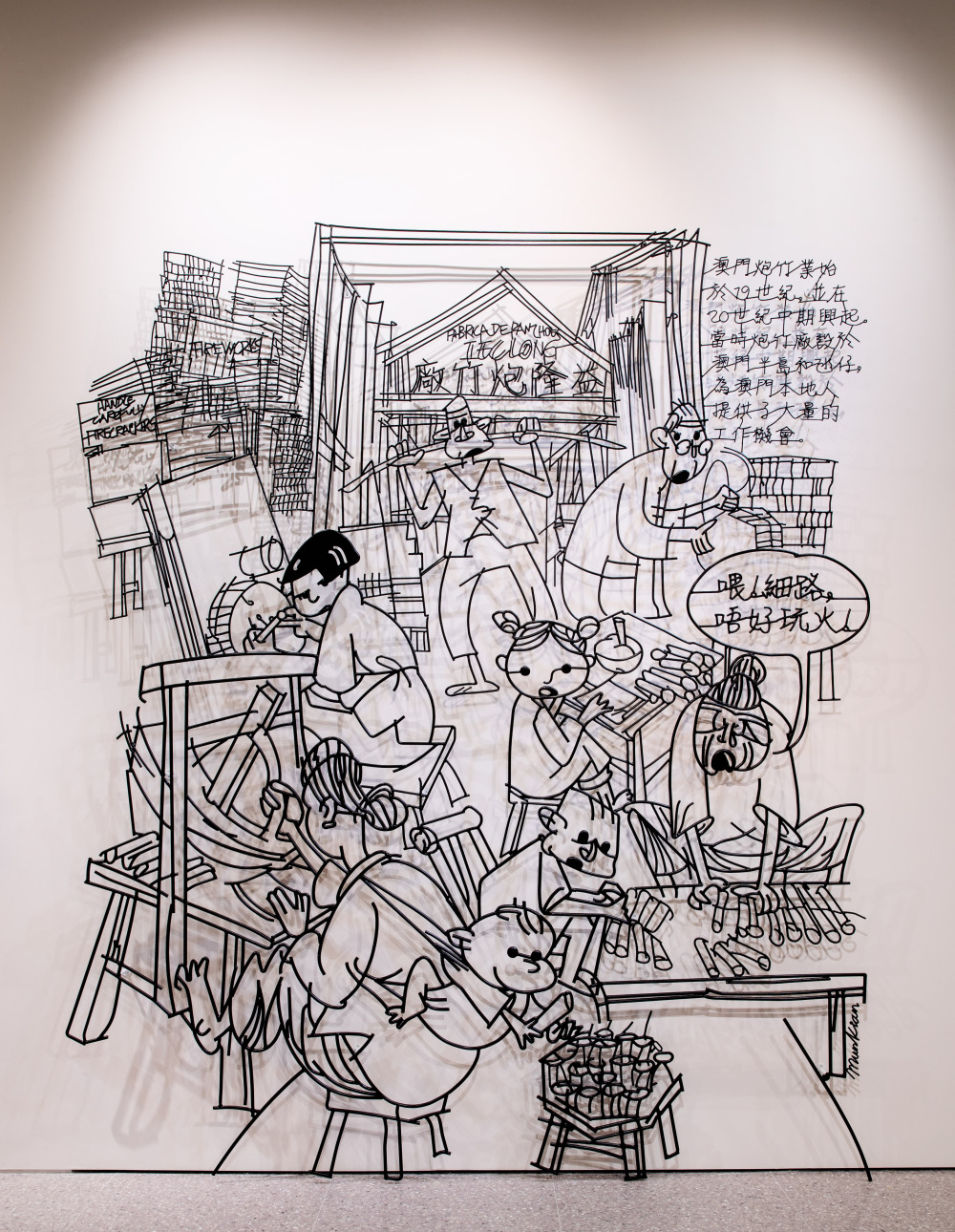

Special Exhibition of “Art Macao: Macao International Art Biennale 2021”
08
Misunderstanding
- MEDIA
- Welded Steel
- DIMENSION
- 3600H x 3050W
- YEAR
- 2021
CHILDREN’S AUDIO GUIDE
Children’s Audio Guide is only available in Cantonese & Mandarin
RUINS OF ST PAUL:
THE WELL DESERVED FACE OF MACAU
One of the most famous attractions which is also part of the Historic Centre of Macao, a UNESCO World Heritage Site, is the Ruins of St. Paul’s. The structure is the façade of what was originally the Church of Mater Dei (also known as the Church of St Paul) and St. Paul’s College, which stood adjacent to the Church that was built between 1602-1640. Both were destroyed by a fire during a typhoon in 1835, leaving only the beautiful granite façade, and a grand staircase of 68 stone steps leading up to it.
The old Church of Mater Dei, St. Paul’s College and Mount Fortress were all Jesuit constructions and formed what can be perceived as Macau’s “acropolis”. Located at the top of a hill, the structure was the largest church in Asia at the time and was acclaimed as “The Vatican of the Far East”
The façade of the Ruins of St. Paul’s measures 23 metres across and 25.5 metres tall. It is divided into five levels and follows the classical concept of divine ascension. The orders on the façade on each horizontal level, from the base upward, evolve from Ionic, Corinthian and Composite. The upper levels gradually narrow into a triangular pediment at the top, which symbolizes the ultimate state of divine ascension - the Holy Spirit.
The façade has some unique and distinctively oriental decorative motifs including biblical images, mythological representations, Chinese characters, chrysanthemums, a Portuguese ship, several nautical motifs and Chinese lions. There are also bronze statues with images of the founding Jesuit saints of the Company of Jesus, and other elements that integrate influences from Europe, China and other parts of Asia, forming an overall composition that reflects a fusion of world, regional and local influences.
Nearby, the archaeological remains of the old College of St. Paul stand witness to what was the first western-style university in the Far East, as it boasted an elaborate academic programme that included Theology, Mathematics, Geography, Chinese, Portuguese and various other disciplines, to prepare missionaries for their work in China and east Asia. The missionary route followed by the Jesuits from Macao all over the region was crucial in facilitating the dissemination of Catholicism in China, Japan and other countries, enabling a broad interchange in scientific, artistic and cultural fields.










